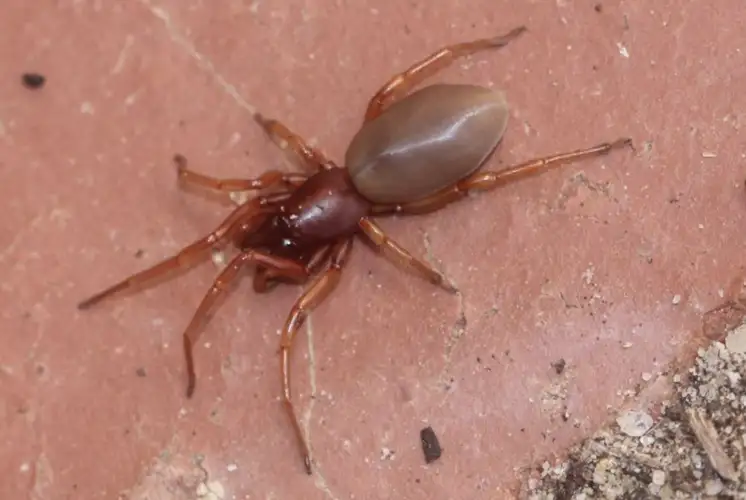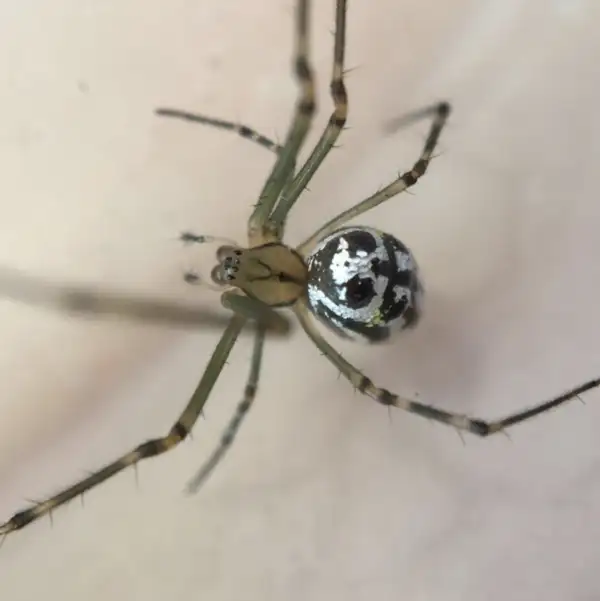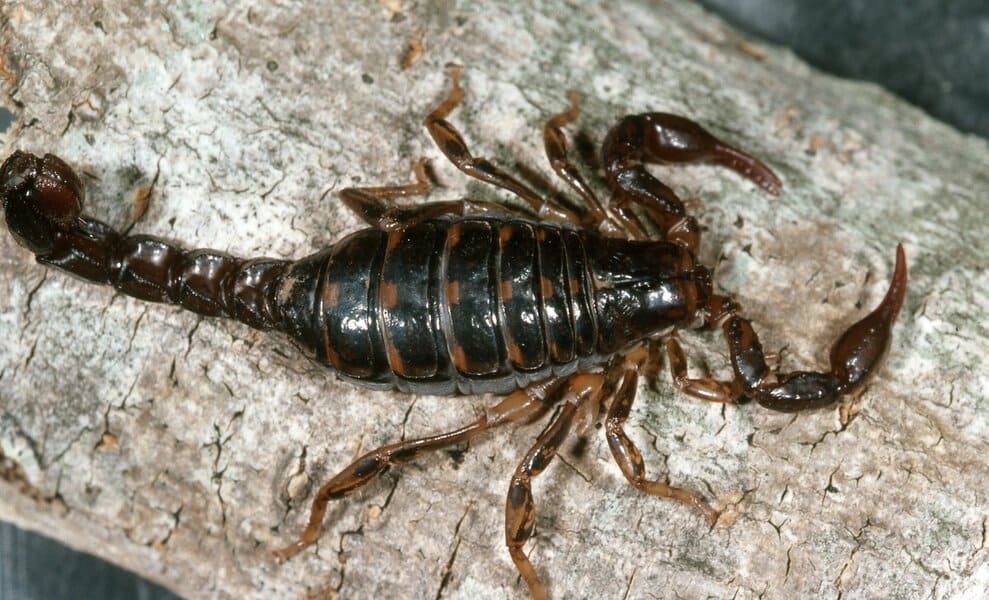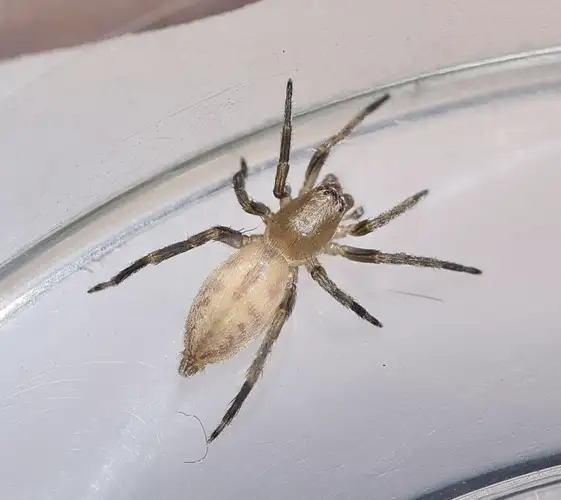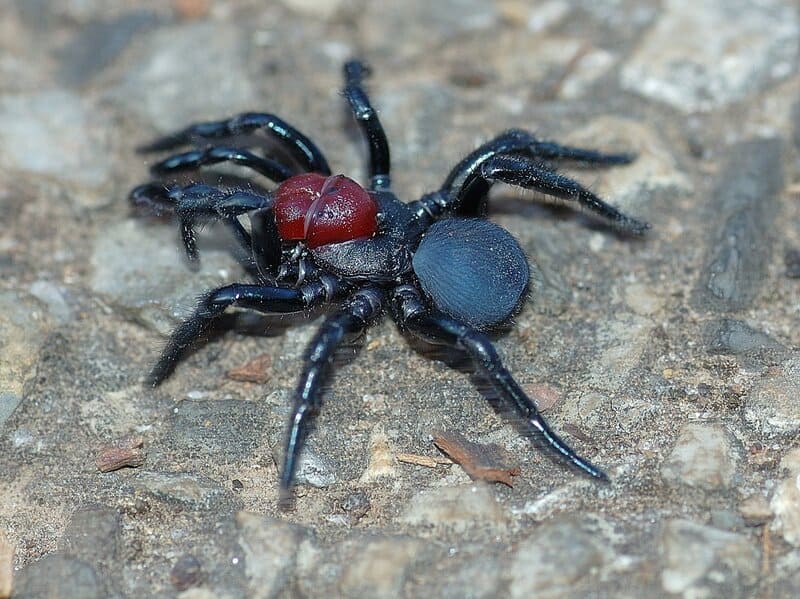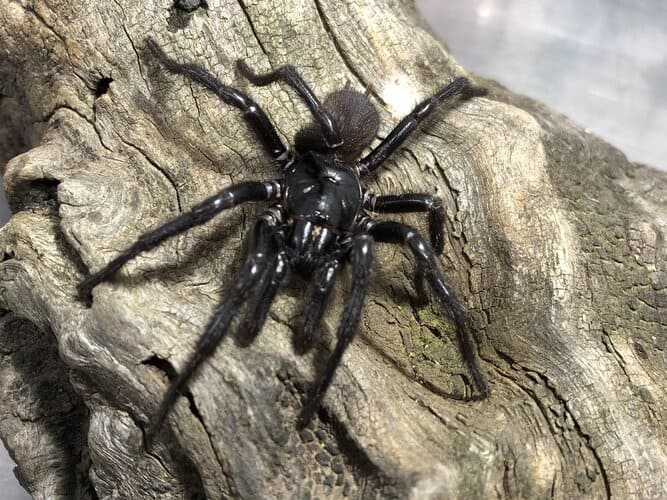Redback Spider
IUCN
Not evaluatedBasic Information
Scientific classification
- name:Redback Spider
- Scientific Name:Latrodectus hasselti
- Outline:Arthropoda
- Family:Theridiidae Latrodectus
Vital signs
- length:Adult females about 10 mm body length with leg span up to ~3 cm; males only about 3–4 mm
- Weight:Light; typically tens to a few hundred milligrams for adult females, much less for males
- lifetime:Females approximately 2–3 years; males generally less than 1 year
Feature
Medically important widow spider with potent neurotoxic venom; females have a red dorsal stripe and live close to human habitation.
Distribution and Habitat
Dry, sheltered sites around buildings, sheds, gardens and debris piles in Australia and some introduced regions overseas.
Appearance
Dark, rounded-bodied spider; females black or dark brown with a red or orange stripe on the abdomen, males smaller and paler with less distinct markings.
Details
The Redback Spider (Latrodectus hasselti) is one of Australia’s best-known venomous spiders. It belongs to the widow spider genus Latrodectus in the family Theridiidae. Adult females have a distinctive red or orange stripe on the upper surface of the abdomen, giving the species its common name.
Basic Biology
Scientific name: Latrodectus hasselti
Common name: Redback Spider
Family & genus: Theridiidae, genus Latrodectus (widow spiders)
Size: Adult females are about 10 mm in body length with a leg span up to around 3 cm; males are much smaller at about 3–4 mm.
Longevity: Females may live 2–3 years; males usually survive less than a year, often dying soon after mating.
Appearance
Female Redback Spiders are typically black or dark brown with a prominent red or orange longitudinal stripe on the dorsal surface of the abdomen and sometimes additional red or white markings underneath. Males are smaller, lighter in colour and often show less conspicuous red markings. The body is rounded with relatively slender legs, typical of tangle-web spiders.
Distribution & Habitat
The Redback Spider is native to Australia but has been inadvertently transported to other countries, including parts of New Zealand, Japan and Southeast Asia. It favours dry, sheltered locations close to human habitation, such as:
Under eaves, in sheds, garages and storage areas;
Under rocks, timber, scrap metal and garden furniture;
Inside mailboxes, outdoor equipment and children’s play structures.
Web & Behaviour
Redbacks spin an irregular three-dimensional tangle web rather than a symmetrical orb web. The web usually includes sticky vertical or slanting threads that trail down to the ground. When insects, small lizards or other animals become snared, the spider hauls them up into the web, bites, wraps and feeds.
Females tend to remain in one web for long periods, hiding in a retreat near the centre. Activity is mostly nocturnal. Mature males leave their own small webs and wander in search of females, often dying soon after mating.
Venom & Symptoms
Redback venom is a potent neurotoxin. Bites by females can produce a characteristic syndrome known aslatrodectism, with symptoms such as:
Severe local pain at the bite site, sometimes radiating to the limb or trunk;
Profuse sweating, nausea, vomiting and abdominal pain;
Headache, muscle pain or spasms, elevated heart rate and general malaise.
Modern antivenom and supportive medical care mean that deaths are now exceedingly rare, but serious illness can still occur, especially in children, the elderly and people with underlying health problems.
Human Encounters & Prevention
Because Redback Spiders thrive around houses, they are responsible for many spider bite incidents in Australia. Practical precautions include:
Keeping yards and storage areas tidy to reduce hiding places;
Checking under outdoor furniture, flowerpots, footwear and building materials before handling;
Wearing gloves when gardening or working in areas where Redbacks are common.
Anyone suspected of having been bitten by a Redback Spider should seek medical attention, where clinicians can decide if antivenom and other treatments are required.
References
Simon-Brunet, S. 1994. The Silken Web: a natural history of Australian Spiders.Reed Books.
Preston-Mafham, R. 1991. The Book of Spiders and scorpions.html">Scorpions. Quarto Publishing.
Pyers, G. 1999. Australian Animals: Spiders. Heinemann Library.
Forster, L. 1995. The behavioural ecology of Latrodectus hasselti (Thorell), the Australian Redback Spider (Araneae: Theridiidae): a review. Records of the Western Australian Museum Supplement No. 52: 13-24.
York Main, B. 1976. Spiders. The Australian Naturalist Library, Collins, Sydney.
Garb, J. E., A. Gonzalez, & R. G. Gillespie (2004). The black widow spider genus Latrodectus (Araneae: Theridiidae): phylogeny, biogeography, and invasion history. Molecular Phylogenetics and Evolution. 31, 1127-1142.
FAQ
Q1. How dangerous is the Redback Spider?
It is one of Australia’s most medically important spiders. Bites can cause significant pain and systemic symptoms, but with modern
antivenom, fatalities are extremely rare when medical care is obtained.
Q2. Are only females dangerous?
Females, being larger and having more venom, are responsible for almost all serious bites. Males are much smaller and rarely bite people.
Q3. What should I do if I think I’ve been bitten?
Keep the person calm, limit movement of the affected area and seek medical help promptly. If it is safe, noting or photographing the spider
can help with identification, but do not attempt to capture it if this increases the risk of further bites.
Q4. Do Redback Spiders occur outside Australia?
Yes. They originated in Australia but have been transported to several other countries, usually associated with human trade and transport,
and can establish around ports and urban areas.





